Old Summer PalaceYuanmingyuan
Yuanmingyuan, also known as Yuanmingyuan, is a large-scale Imperial Palace in the Qing Dynasty. It is located in the northwestern suburbs of Beijing, adjacent to the Summer Palace, composed of Yuanmingyuan, Changchunyuan and Wanchunyuan, so it is also called Yuanmingyuan. In addition, there are many small gardens scattered around the East, West and south, surrounded by three stars.
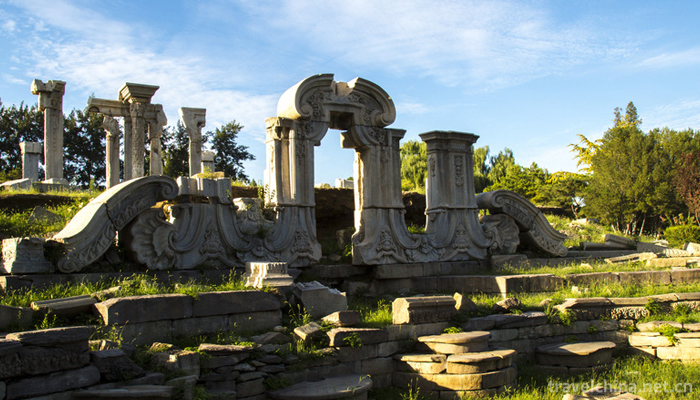
The garden covers an area of 350 hectares, with a floor area of 200,000 square meters and more than 150 scenery. It is known as "the garden of ten thousand gardens". The emperor of the Qing Dynasty came here every midsummer to take a summer vacation and listen to the government and deal with military and political affairs. Therefore, it is also called the Summer Palace.
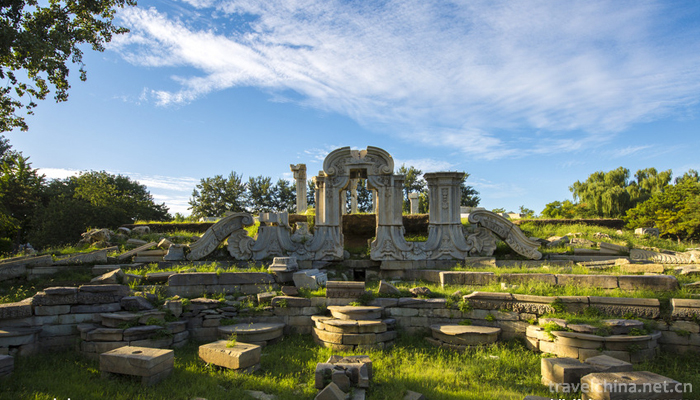
Old Summer Palace was founded in 1709 (forty-eight years in Kangxi). It was originally the garden of emperor Kangxi's four sons. After Yongzheng assumed the throne in 1722, he expanded the original grant garden, and built the Hall of Honesty and Brightness, the Hall of Diligence and many duty rooms in the Cabinet, the Six Departments and the Military Aircraft Department in the south of the garden, in order to avoid the noise and listen to the government in summer. During the reign of Emperor Qianlong, in addition to the partial reconstruction and reconstruction of the Yuanmingyuan Garden, Changchun Garden was built in the east, and Wanchunyuan was incorporated in the southeast. The pattern of Yuan Ming three garden is basically formed. In the Jiaqing Dynasty, the Yichun Garden (Wanchun Garden) was renovated and expanded, making it one of the main garden residences. During the reign of Emperor Daoguang, the state affairs were declining and the financial resources were insufficient. Nevertheless, the renovation and decoration of the Yuanming Three Gardens were not abandoned, even though the furnishings of Longevity, Xiangshan and Yuquan "Three Mountains" were withdrawn, the hot river was sheltered from summer and the Magnolia was hunted. On October 6, 1860, the British and French allied forces looted the Yuanmingyuan, looted cultural relics, burned them, and tried to repair them when the Emperor Tongzhi was in power. Afterwards, due to financial difficulties, they were forced to stop and rebuild other buildings. After the Eight Allied forces, they were attacked by bandits and eventually turned into ruins.
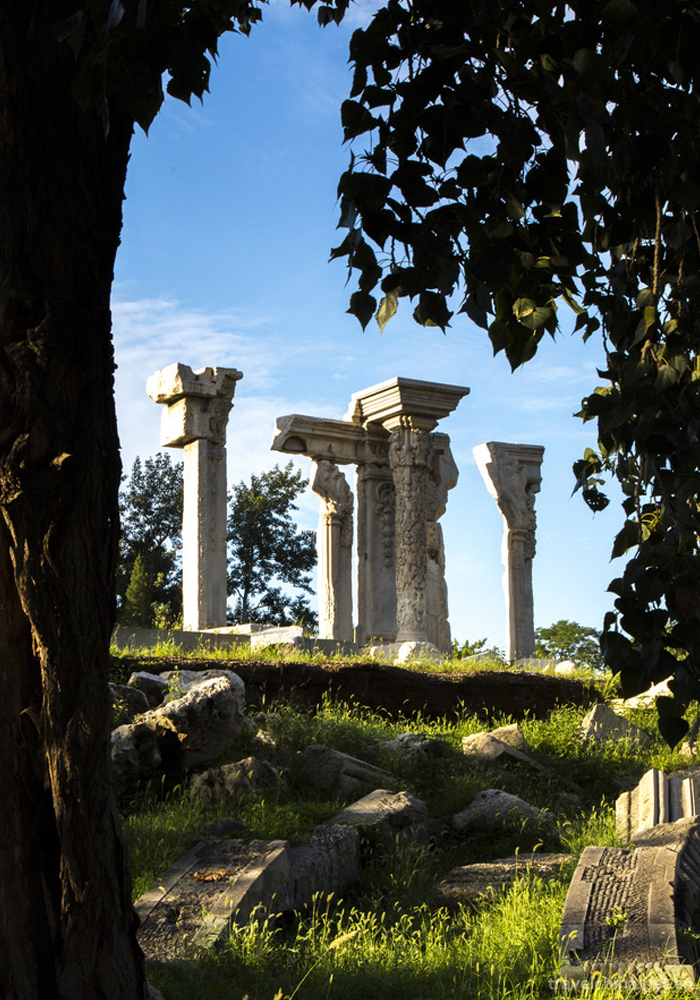
Yuanmingyuan, founded and managed by the Qing Dynasty for more than 150 years, was renowned for its grand regional scale, outstanding construction skills, exquisite architectural scenery, rich cultural collection and broad and profound national cultural connotations. It was praised as "the model of all gardening arts" by French writer Victor Hugo. Ideal and artistic paradigm.
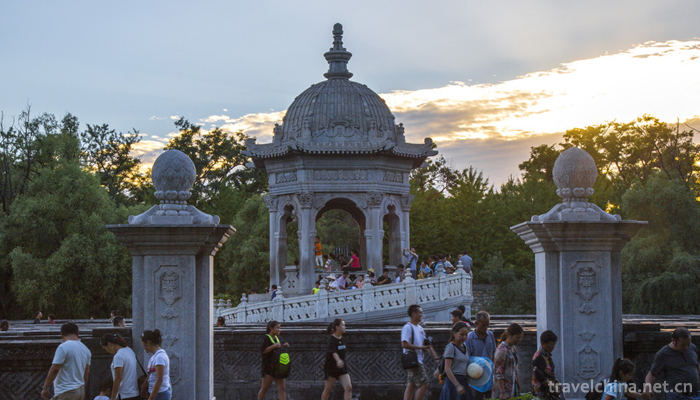
In the mid-17th century, the Manchus seized the Central Plains and established the Qing Dynasty. Because the rulers of the Qing Dynasty lived a nomadic life in the Northeast before entering the customs, the climate was cool. After entering the customs, they were not adapted to the hot and dry climate of Beijing in midsummer. Especially in the early years of Kangxi, after a fire broke out in the Forbidden City, high palace walls were built to prevent fire. The palace courtyard set together, together with the gentle flow of rivers and gullies, almost became stagnant water, which made the emperors tired of the high-walled Palace life. Therefore, from the early years of Kangxi, they began to build gardens, which lasted for more than 200 years.
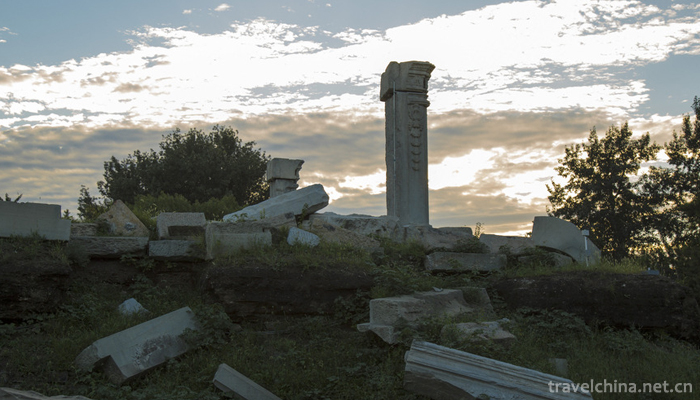
In the western suburbs of Beijing, there are endless Xishan Xiufeng: Yuquan Mountain, Longevity Hill, Wanquanzhuang, Beihai and other topographic features, free-flowing springs are everywhere, in the low-lying areas into large and small lake pools. Yuquan's landscape flows from west to East and into the Kunming lake, becoming the largest surface in the western suburbs. A large number of paddy fields have been reclaimed and natural scenic spots have been formed. As early as the Liao Dynasty, the emperor built the Yuquan Mountain Palace here, to the Ming Dynasty, the natural scenery here attracted more visitors, so some of the elite officials occupied the countryside to build villas, a large piece of land was occupied. During the Wanli period, Li Wei, the emperor's Prince and Marquis of the Qing Dynasty, built a magnificent Tsinghua Garden (formerly outside the west wall of Peking University), known as the "First Garden of the Kingdom". Later Mi Wanzhong guided the lake outside the east wall of the Tsinghua Garden, pioneering the elegant and beautiful "spoon garden" to take the meaning of "a spoon of Haidian". In the open countryside, pavilions and pavilions appeared to blend with the scenery of lakes and mountains, becoming a famous garden gathering place in the suburbs of Beijing. In the Qing Dynasty, the emperor also saw the excellent garden in the western suburbs. The gardens began to be built on a large scale.
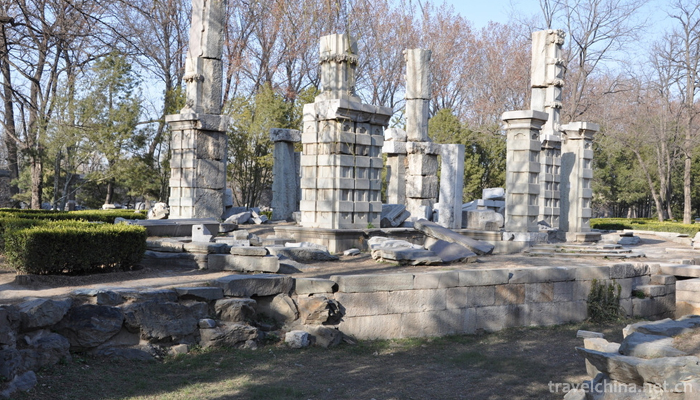
The location of Old Summer Palace is located in the north of gujia village, about a hundred times from Changchun Garden.

North of Beijing University, west of Tsinghua University. During the reign of Kangxi, the Yuanmingyuan Garden contained the front lake and the back lake, with the built-in gardens of "peony terrace" and "natural pictures". At that time, the Yuanmingyuan Garden was still a vassal garden, and its scale could not exceed the Emperor's Changchun Garden. But later, with the ascent of the master, the arrival of the Qing Dynasty, in its many years of expansion, has finally become the most magnificent imperial garden in China's history.
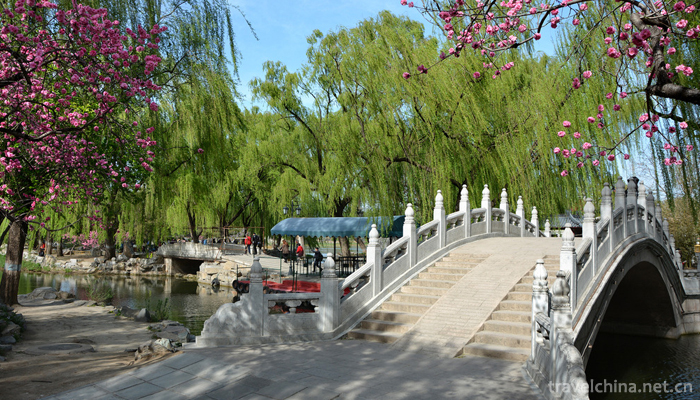
The chief designer of Yuanmingyuan is Lei Jinyu. He was favored by Kangxi when he built the Forbidden City, but in the actual construction, he was mostly guided by the emperor, whether Kangxi, Yongzheng or Qianlong. And created the "hot" model method. But it was destroyed in the year of Xianfeng.
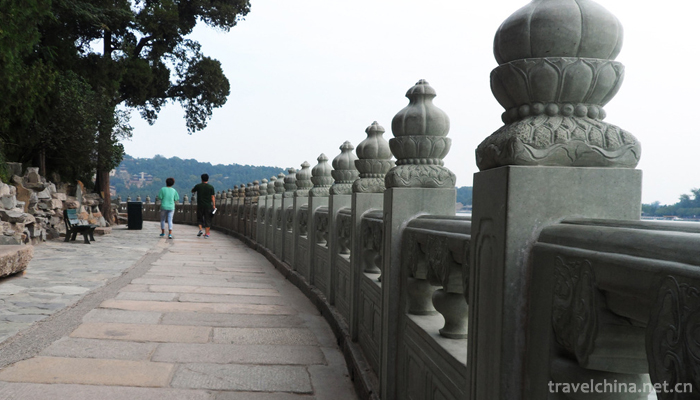
More pic
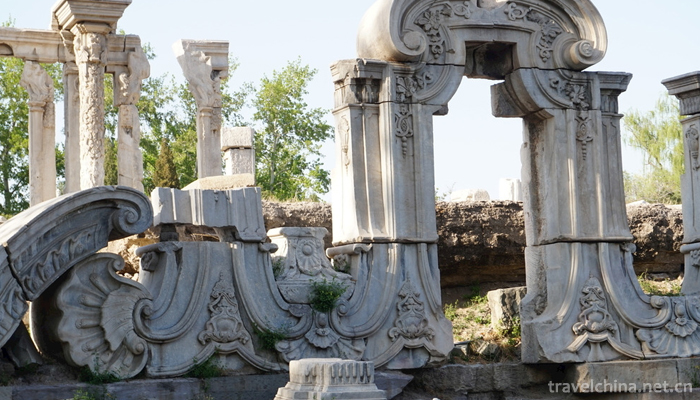
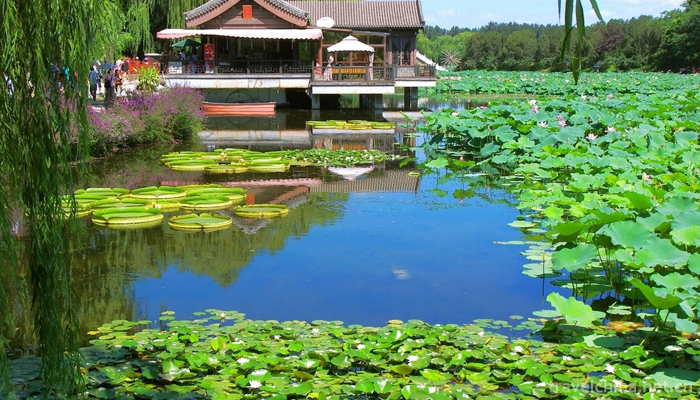
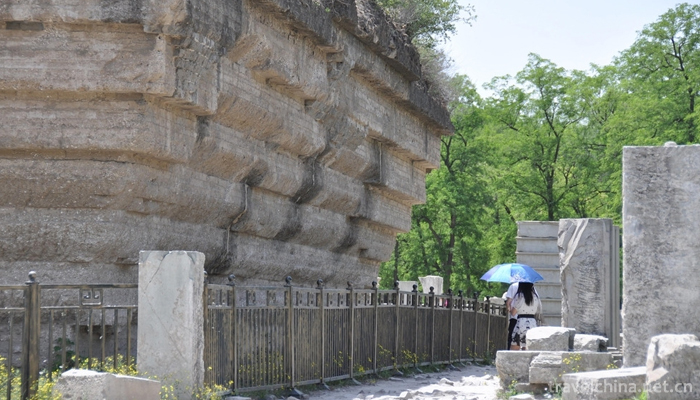
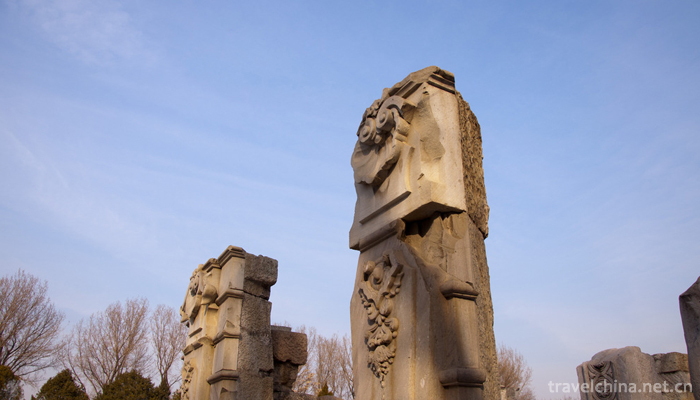
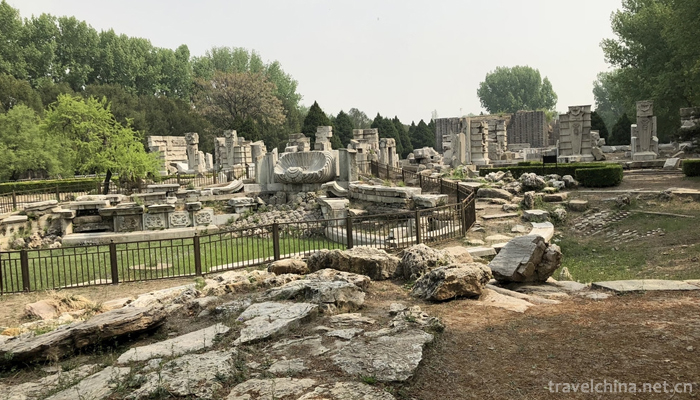
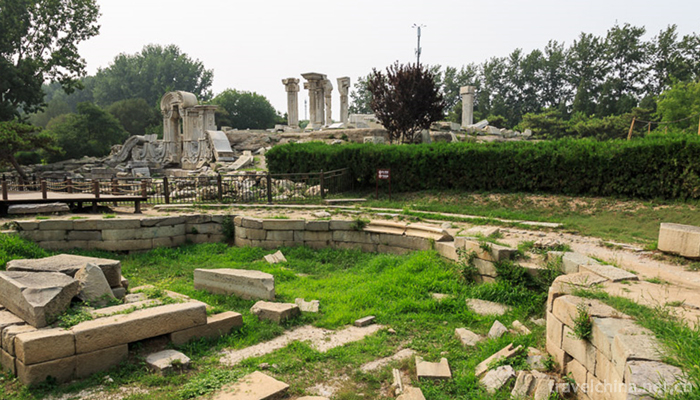
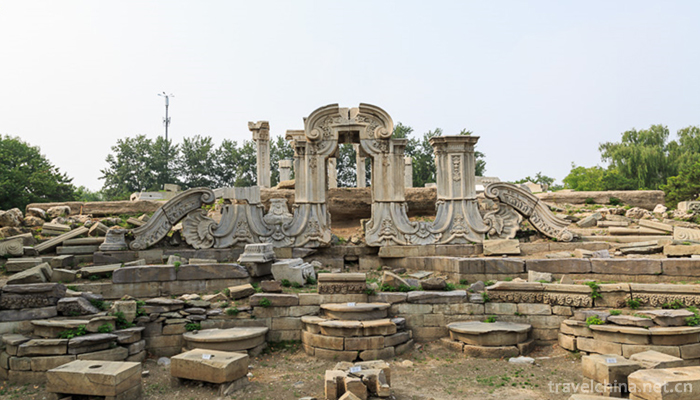
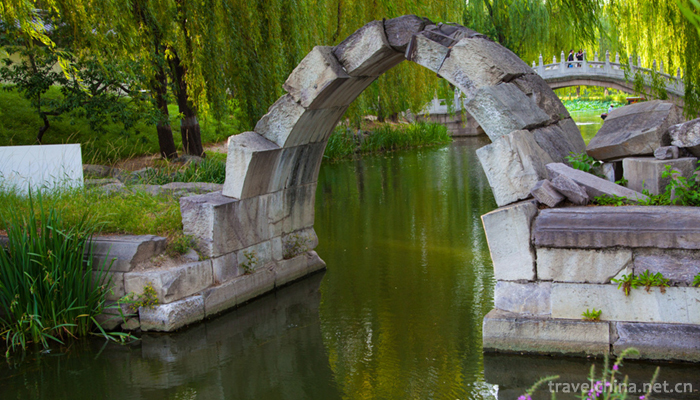
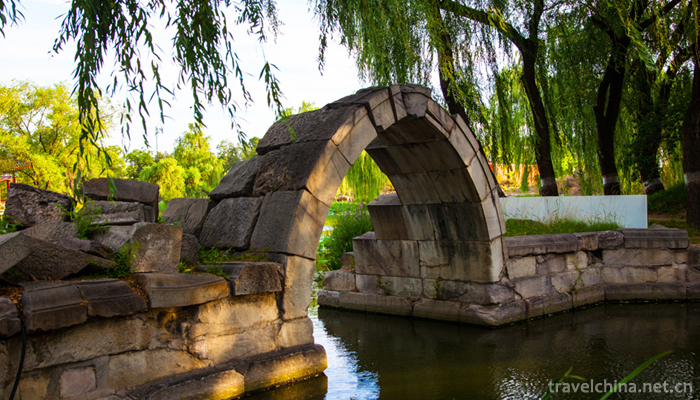
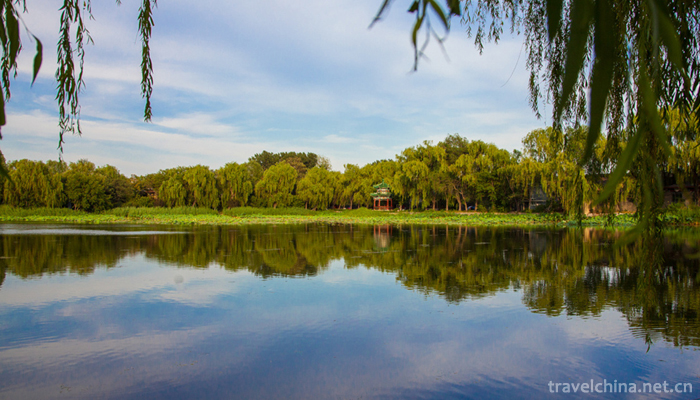
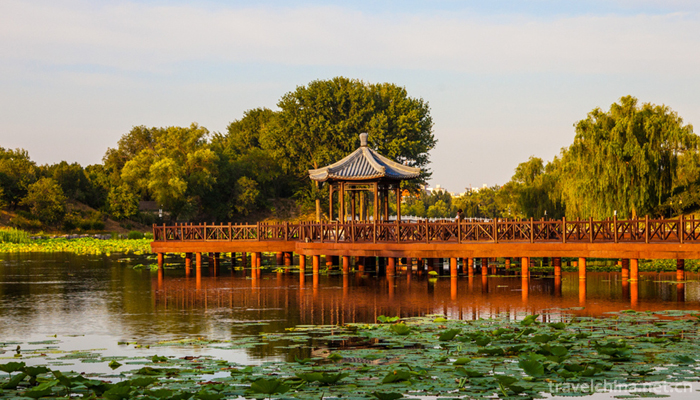

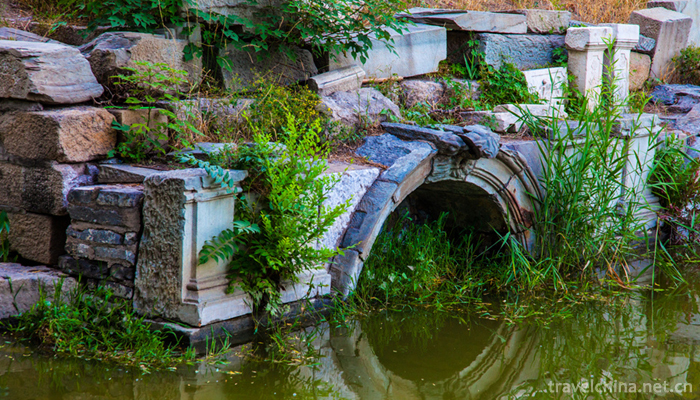
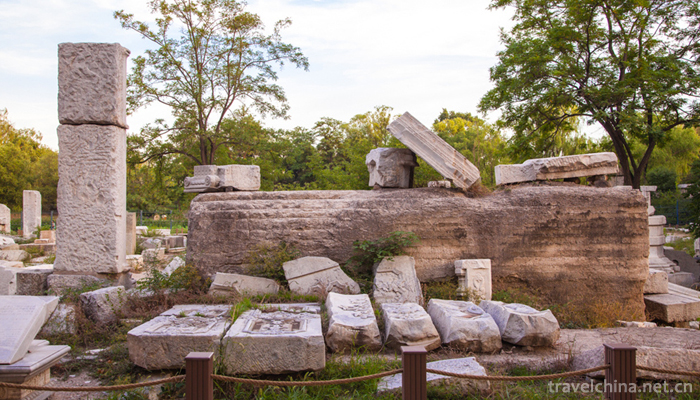
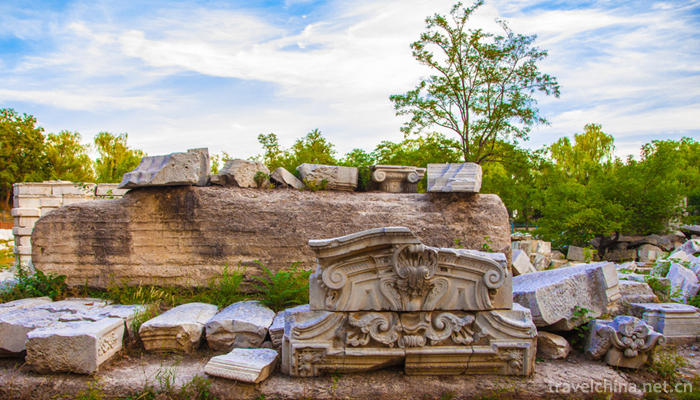
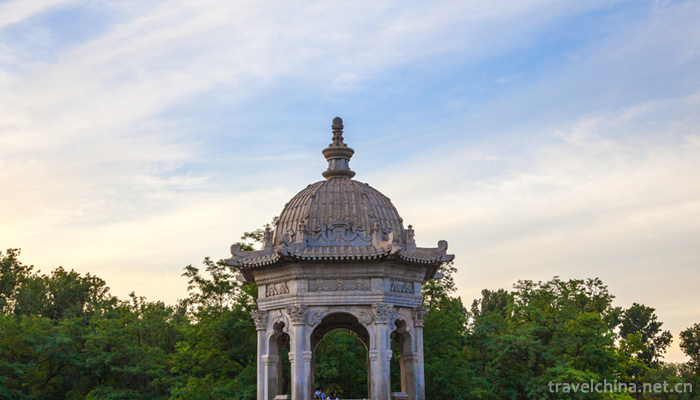

Address:No. 28 Qinghua West Road, Haidian District, Beijing, China
Tel:+86-010-62628501
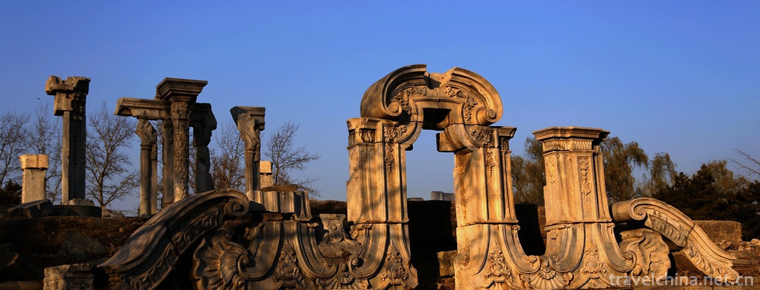
-
1.Binxian Dafo Temple Grottoes
Binxian Dafo Temple Grottoes, located at the foot of Qingliang Mountain, 10 kilometers west of Binxian City, Xianyang City, Shaanxi Province, is the largest Grottoes group in Shaanxi Province and an i
Time 2019-01-03 -
2.Daishan Lake
Daishan Lake is located in the ancient town of Feidong County, Hefei City, Anhui Province. Daishan Lake has a subtropical climate, warm and humid, with an average annual temperature of 15.7 degrees Ce
Time 2019-01-08 -
3.Jinan Baili Yellow River Scenic Area
Jinan Baili Yellow River Scenic Area is adjacent to the northern part of Jinan City. The south gate of the Scenic Area is directly connected to Jinan City's central axis - Jilu Road
Time 2019-01-20 -
4.Qinghui Garden
Qinghui Garden is an ancient garden building built in Ming Dynasty. Located in Qinghui Road, Daliang Town, Shunde District, Foshan City, Guangdong Province,
Time 2019-02-07 -
5.Legend of Chen Sanwuniang
Li Jing Ji of Chen Sanwuniang is an ancient folklore, belonging to the legendary works of Ming Dynasty in China. The author has lost his life in Quanzhou (Chen Sang) of Fujian Province
Time 2019-04-16 -
6.Construction Techniques of Hakka Tulou
Hakka Tulou building construction technology, Fujian Longyan City Nanjing County, Huaan County local traditional building construction technology, one of the national intangible cultural heritage.
Time 2019-05-09 -
7.Qingming Festival
Qingming Festival, also known as Taqing Festival, Xingqing Festival, March Festival, ancestor worship festival, the festival period in mid-spring and late spring. Qingming Festival originated from anc
Time 2019-06-11 -
8.Traditional Cuisine Skills of Shanghai Bengang Cuisine
Benbang cuisine is a nickname for Shanghai cuisine and an important school of Han traditional catering culture in Jiangnan area. The so-called Ben Gang is local. It is characterized by thick red sauce
Time 2019-06-13 -
9.Zhulang Niangmei
Zhulang Niangmei is a work of Dong Opera in Guizhou Province. At the end of the Qing Dynasty, Liang Yaoting and Liang Shaohua, Dong opera masters in Congjiang County, Guizhou Province, adapted Dong dr
Time 2019-08-10 -
10.Zhang Jia Agui
Ah Kui (September 7, 1717 - October 10, 1797). Zhang Jiashi , word Guang Ting , Number Cloud cliffs Manchuria's blue flag people (after the war in Xinjiang were promoted to Zheng Bai Qi), a Bachelor o
Time 2019-09-11 -
11.Geographical environment of Luzhou
Luzhou City, located in the southeast of Sichuan Province, borders Chongqing and Guizhou Province in the East, Guizhou Province in the south, Yunnan Province, Yibin City and Zigong City in Sichuan Province in the west, Neijiang City and Chongqing City in Sichuan Province in the north.
Time 2020-12-14 -
12.History of Guangan
Guang'an belonged to Liangzhou in ancient times and Yongzhou in Yin and Shang Dynasties. In the fifth year of King Shenliang of Zhou Dynasty (316 BC), Qin destroyed Bashu and established Ba and Shu counties. Today, Guang'an District, Qianfeng District, Linsh
Time 2020-12-19